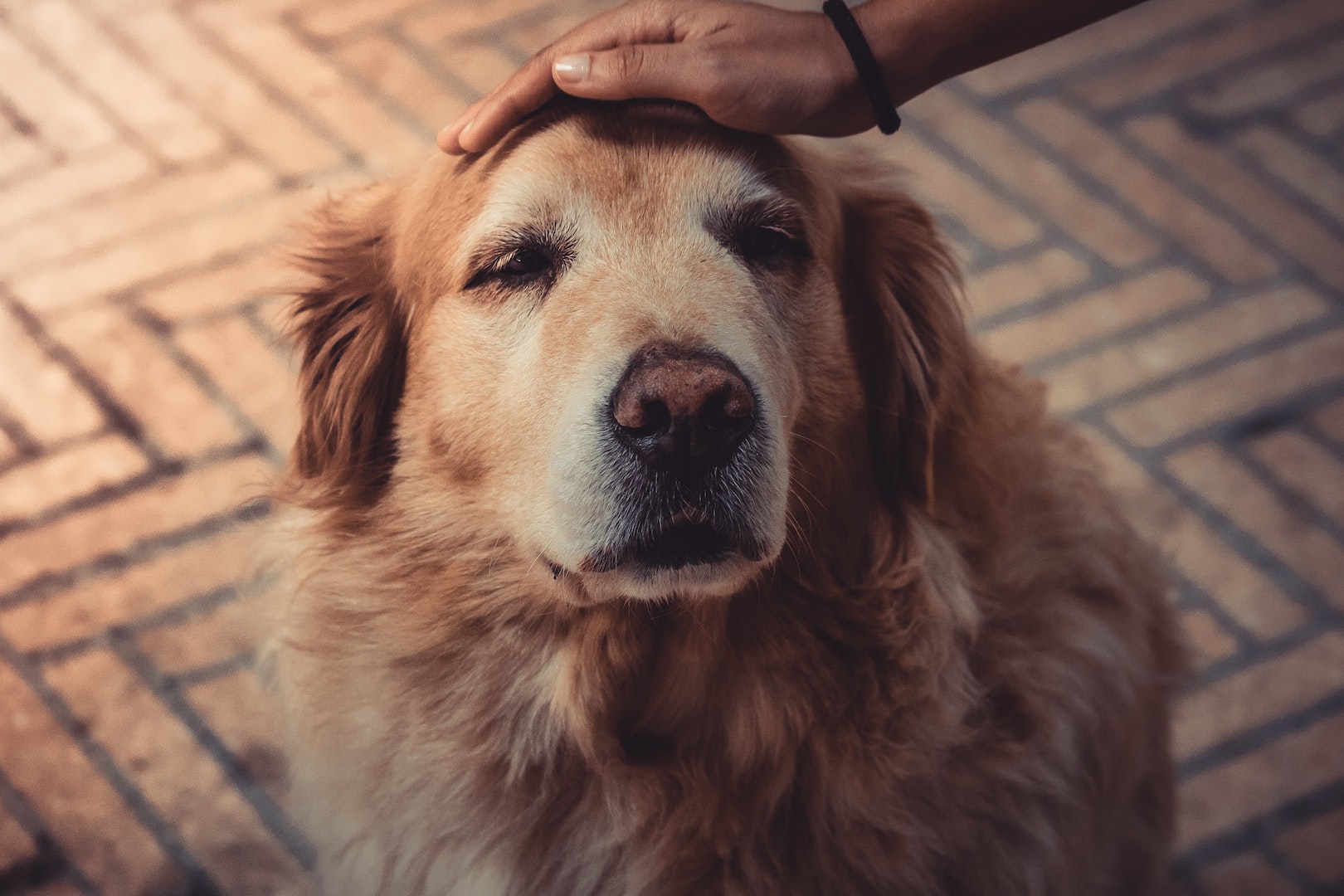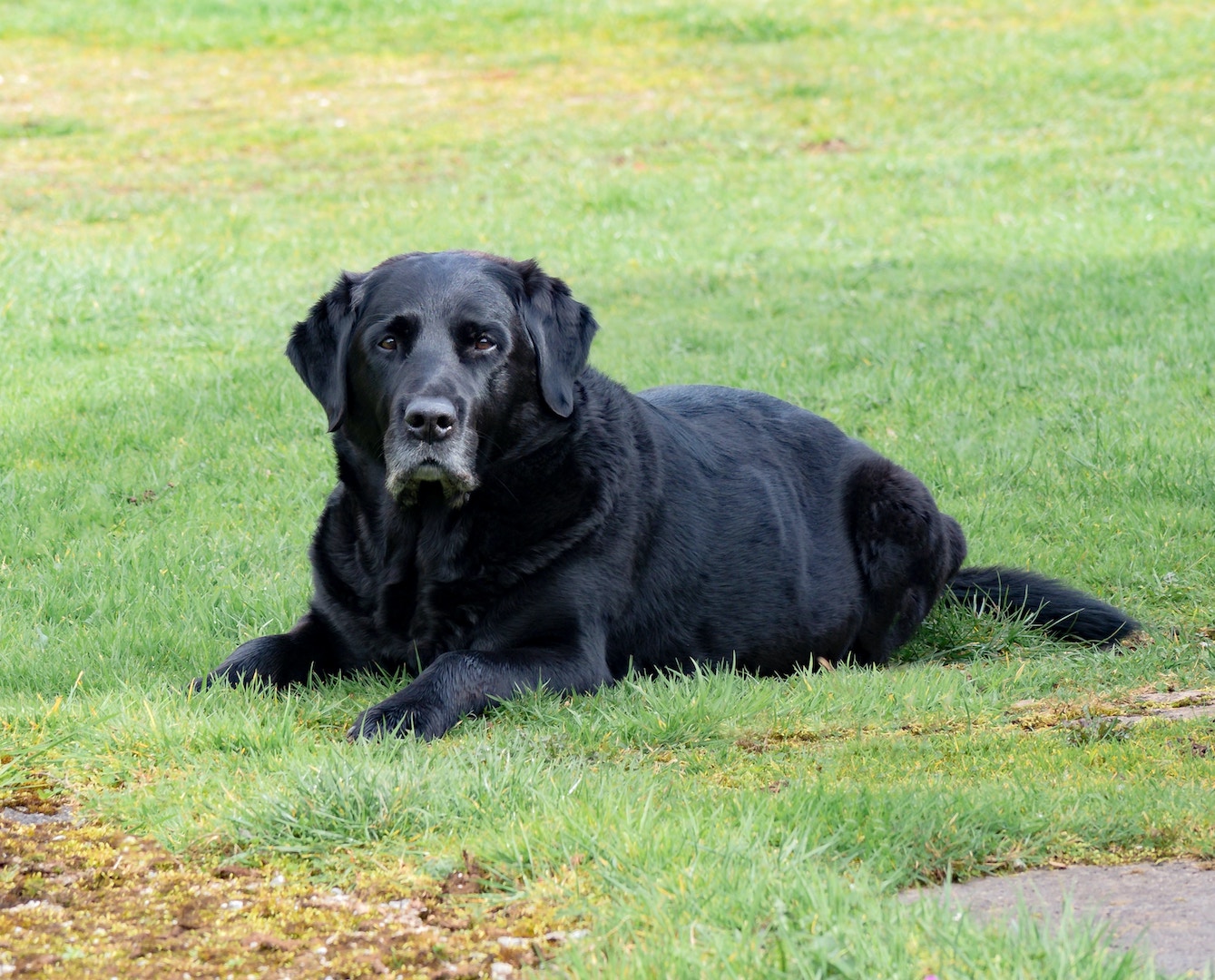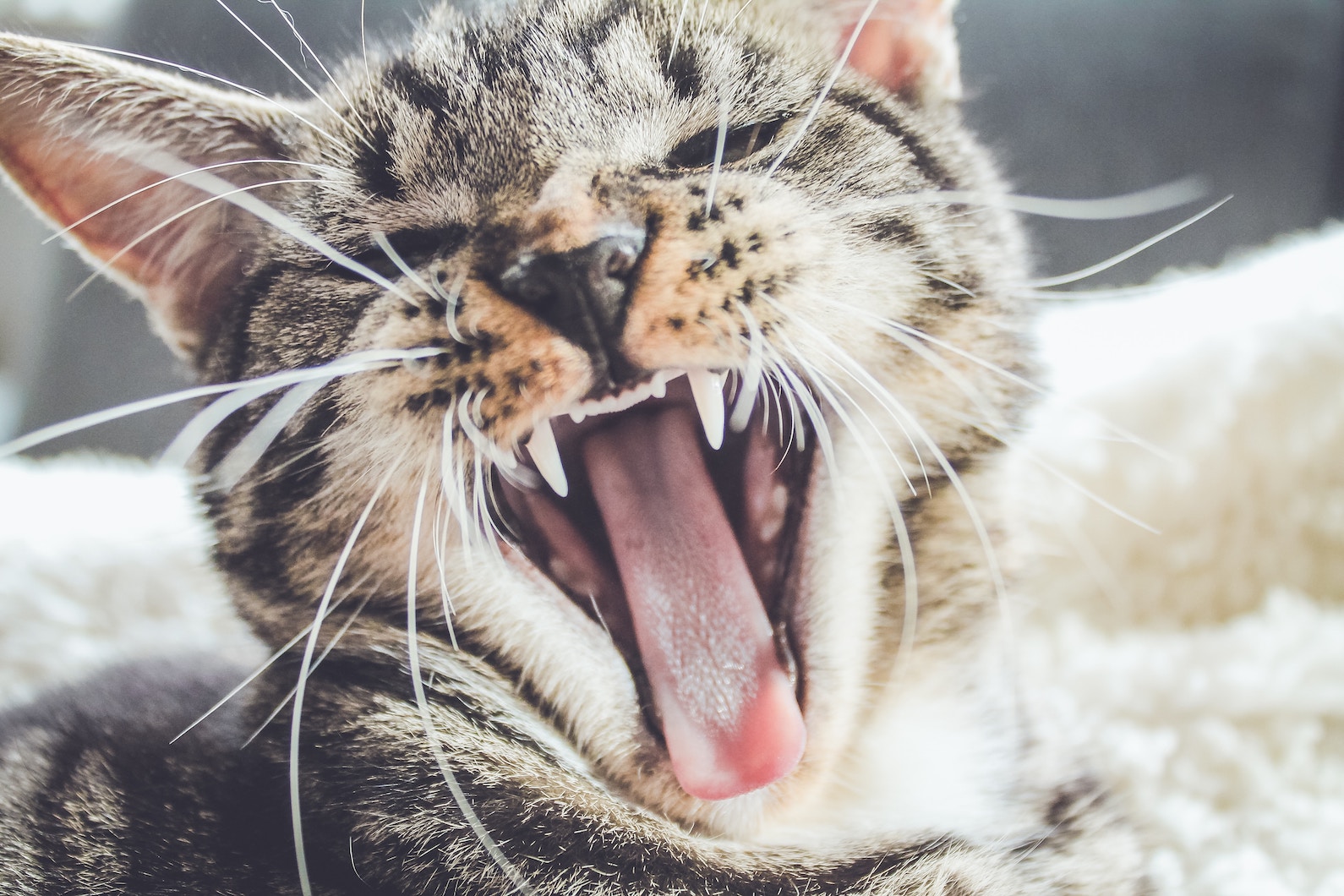Try to imagine a world without art. On long car rides, you couldn’t turn on the radio—there would be no music. Coffee shops would have blank walls and the baristas wouldn’t have tattoos. You wouldn’t have a favorite song or a poem to read when you need a boost of inspiration. There would be no movies to change your mind and no books to speak to your soul. The more you think of it, the more this art-less world sounds like some kind of twisted apocalypse.
Among the crises of modern day life like climate change and police brutality, art can seem like a waste of time to some. Comic book artist and TEDxMileHigh speaker R. Alan Brooks knows it’s not. Watch his TEDxMileHigh talk and explore 10 reasons why art is important.
10 Reasons Why Art Is Important
Rethink what is possible with us at our upcoming TEDxMileHigh event: Rethink. Register here.
1. It Scares Dictators
In his talk, R. Alan Brooks asks, “When the world feels like it’s burning, is art really worth it?” To answer this question, he looks back on history. Specifically, dictators.
When dictators gain power, a common first move is to discredit, and in some cases, murder artists. Art is suppressed and expression is censored. This can be seen in cases throughout history from the Nazi party to Stalin’s government.
Brooks asks, “If art really has no power, if it’s really a silly waste of time, then why are dictators afraid of it?”
That’s a good question. According to Brooks, it’s because dictators understand that art is powerful and can change hearts and minds worldwide. Creativity threatens the power of dictators because it encourages the masses to think for themselves and question the status quo. Watch R. Alan Brooks’ TEDxMileHigh talk below.
2. It Inspires Revolution
Art makes us feel something and can help us change our view of the world. It can also lead to revolution. In his talk, Brooks recounts how in 1894, Leo Tolstoy wrote The Kingdom of God Is Within You. Little would Tolstoy have known that 30 years later, Mahatma Gandhi would write Tolstoy’s book down as one of the three most important influences in his life. Alan Brooks explains, “So, Tolstoy inspired Gandhi. And you know who Gandhi inspired? Dr. Martin Luther King Jr.”
“So how would the Civil Rights Movement in America have changed if Tolstoy had never written his book? Would I even be here talking to you now?” – R. Alan Brooks
If art can lead to revolution, then it is a form of activism. The next time you feel passionate about a social issue, consider turning how you feel into a piece of art. You might be surprised by the people you are able to move, especially those you thought could never possibly understand or empathize.
3. It Is Revolution
Never mind art being a means of inspiring people to get up and make a change, art is a revolution in and of itself. Living in a capitalist society, we collectively value realistic and “safe” financial decisions.
If you’ve ever been discouraged from taking art seriously, consider the act of making art a revolution against capitalism. Especially if you don’t do it with the goal of “making it” or making money, but just to enjoy the process. Disobey your parents! Make art and make it all the time!
4. It Is A Natural Part of You
We are all born artists—why else do children draw, sing, dance, all without being taught by their parents? We’ve been artists since the beginning of human history, dating back to more than 39,900 years ago.
If anything, our natural inclination for art is beaten out of us by the demands of our capitalist society. Dreams of being artists are often met with realistic questions, “But how will you make a living as an artist?”
Unlearning these harmful narratives and unblocking your creative power is the subject of Julia Cameron’s book, The Artist’s Way. Her thesis? verzuz tv Everyone is an artist, and if you think you’re not, your artistry is deeply blocked. She can show you how to unblock it.
5. It is Good For Your Mental Health
Now, science! Making art has been scientifically linked to various mental health benefits. In one study in the Journal of the American Art Therapy Association, 39 healthy adults had their cortisol levels (the “stress hormone”) monitored before and after 45 minutes of art-making.
The results showed that participants experienced statistically significantly lower cortisol levels after making art.
In another study, creating art around a traumatic experience was shown to help people process what happened to them. The act of making art helped participants integrate the traumatic event into their life’s story in a way that restored their dignity and sense of self.
6. It is Good for Your Brain
Art doesn’t just feel great, it’s good for your brain. One study found that children who spend time in an art gallery experience a 9-18 percent increase in critical thinking skills.
In another study, Psychology professor Jan Packer found that viewing art can have a similar impact on the mind as going outside.
Like a stroll in the outdoors, viewing art can relieve people of mental exhaustion and restore focus.
Looking at art can also help improve your mood. Neurobiologist Semir Zeki scanned the brains of 28 volunteers while they looked at art and found that they immediately released dopamine (the love and pleasure chemical).
7. It Ignites Self Expression
Understanding your identity can be a life-long process, but art helps you get there. By creating your own art, you can communicate who you are without flat out saying it. Sometimes who we are can’t quite be described, but it can be turned into music or painted.
Another catalyst for self-expression? Your collection of favorites. Think of all your favorite books, movies, songs, paintings, plays—they all add up to make you. If you ever need a reminder that there is no one else like you, turn to art. It will show you how unique you and your tastes truly are.
8. It is an International Language
Most English speakers in America do not speak a second language, and they don’t technically “need” to, considering English is the most spoken language in the world. But if you have ever learned a second language, you know it is a keyhole to a different culture and society.
The good news is language isn’t just about words. Art is an international language that can help you communicate with everyone, regardless of their spoken language. Think of music, oil paintings, pottery, silent films; you can feel the impact of the piece and understand what it is telling you without words. It’s because creativity is all about feeling. In the same way that you don’t need words to feel a hug, you don’t need words to feel a painting.
9. It Tells History
Just like words can’t quite express everything, we rely on art to understand the past. It gives historians a glimpse into how people felt and expressed themselves throughout time. Seeing a painting from a time period helps us understand what clothes people wore, the way people saw themselves, the issues that mattered to them most, and the societal expectations of the time.
Creativity is our time stamp on a vast human history. What do you want to tell future historians about modern-day?
10. It Creates Community
Art can be the reason we gather and spend time with the people we love. Think of the time you spent an evening watching a local play with your grandparents or the time you went dancing with a tangle of strangers.
Local museums help us connect with each other through generational divides. And yes, art encourages you to huddle around the TV with your friends to watch your favorite TV show or movies, too how to stream verzuz on tv .
It’s Time For You To Make Art
If these 10 reasons don’t inspire you to get creative, let Brooks’ words convince you why art is important.
“So I say to you now, if there’s any art you want to create, if there’s something in your heart, if you have something to say, we need you now.” – R. Alan Brooks
Explore Brooks’ comic books how to stream verzuz on tv here and don’t forget to sign up for our upcoming TEDxMileHigh Rethink event here. Feeling afraid to create? Read our article on how to not let fear stop you from creating.


















